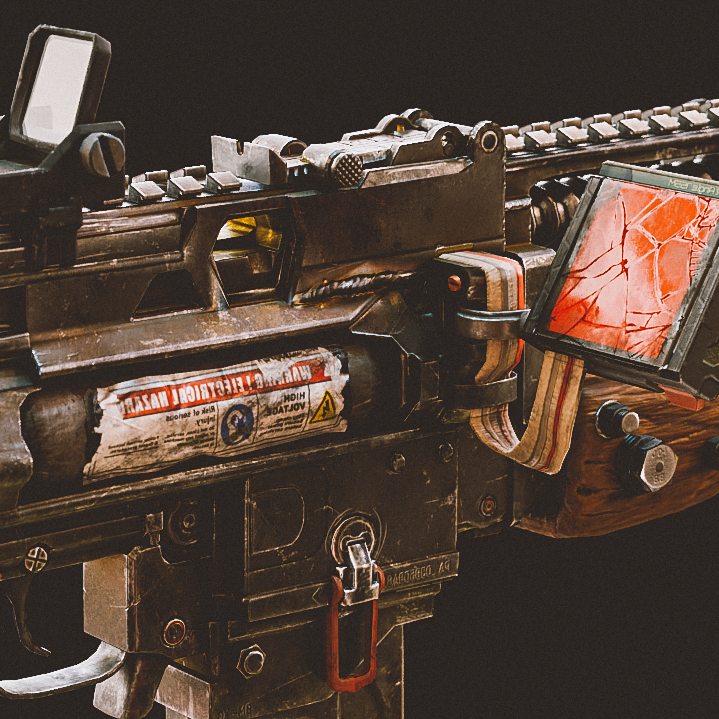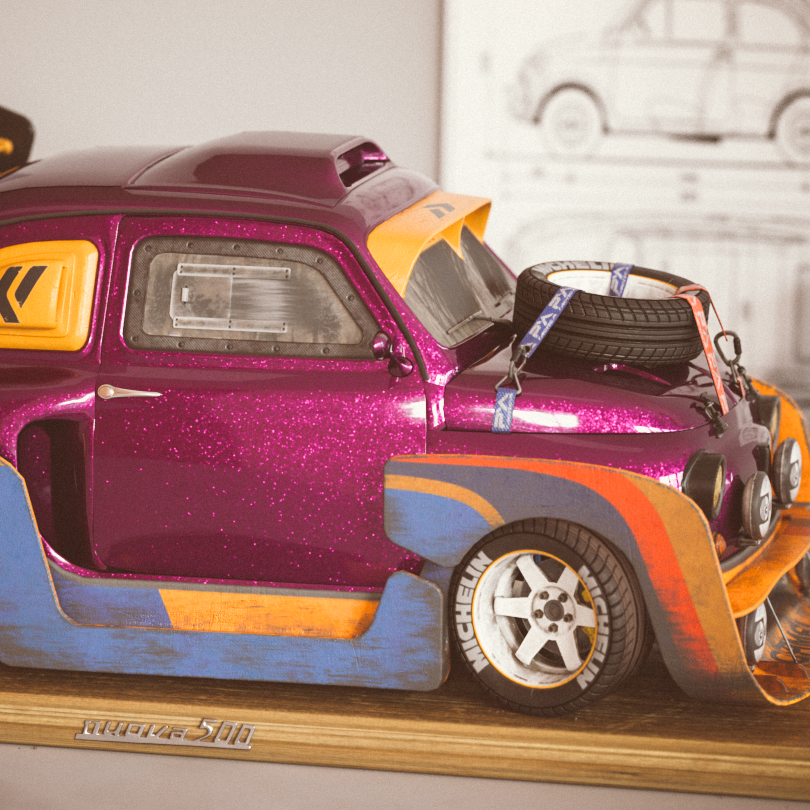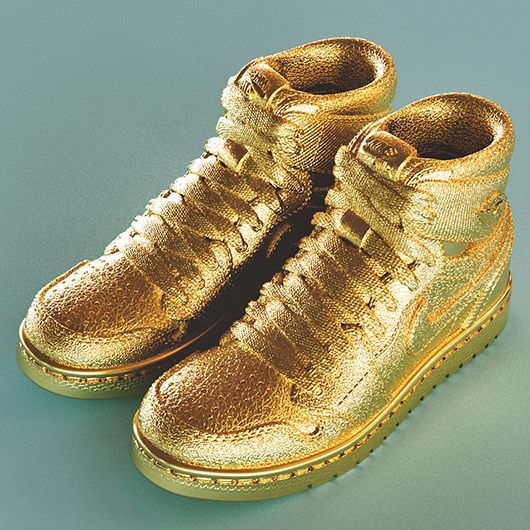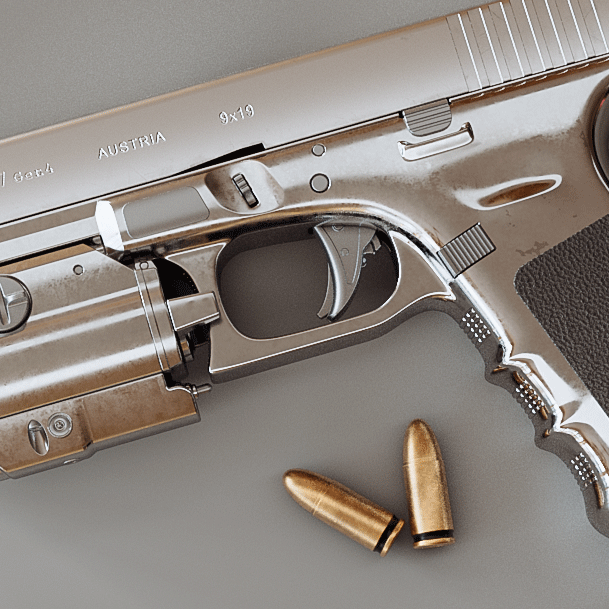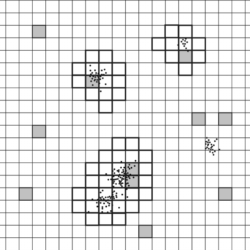Retro-reflections
Retroreflection is an optical phenomenon where light scatters back to its source along the inverted incident direction. Materials with retroreflection properties are used for safety garments to help enhance visibility in low-light conditions like roads at night when illuminated by car headlights. Traffic signs and pavement markings also use materials with such properties to ensure[…]



